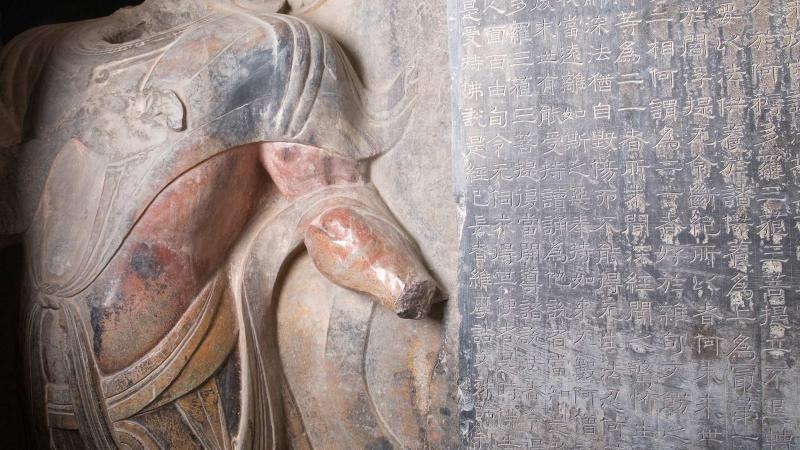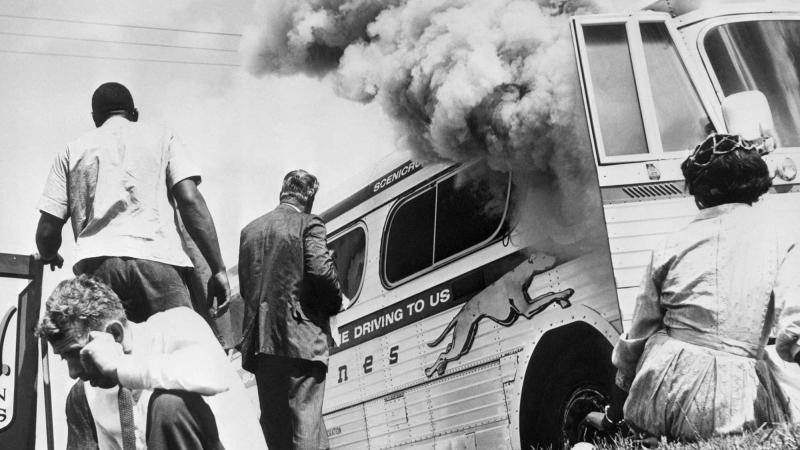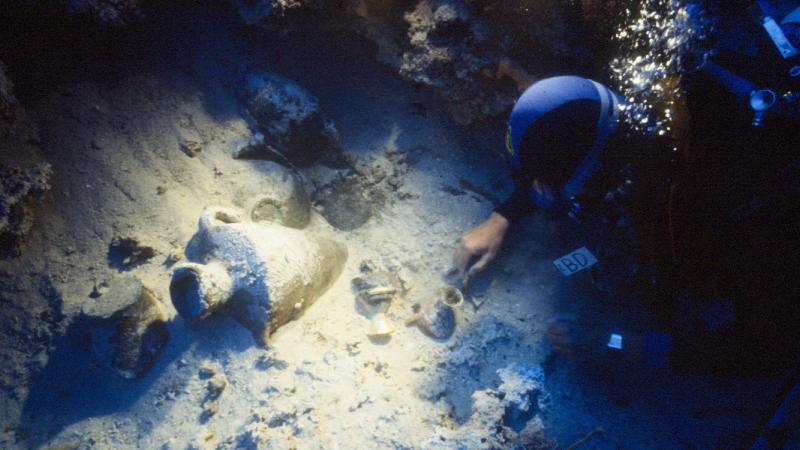Was there ever an unlikelier candidate for a television megahit than Ken Burns’s The Civil War?
When the project was conceived in the 1980s, several factors augured against its eventual success. The documentary deployed still pictures and reverent readings, not special effects or flashy cinematic techniques. What’s more, the length of the final work was ungainly: Its nine episodes amounted to a running time of more than eleven hours.
Even the filmmaker’s father had reservations about the undertaking, which his son described to him during a Christmas 1984 visit. “I turned to him and said, ‘Dad, I know what my next project is going to be. . . . He said, ‘What’s that?’ And I said, ‘The Civil War.’ And he goes, ‘Oh, that’s interesting—what part?’”
On being told that the idea was to cover the war’s entirety (1861–1865), not mere highlights, the elder Burns reacted in a way that can only be described as dispiriting—especially to a documentarian with only a few major credits to his name (including 1981’s Brooklyn Bridge). “He just sort of walked out of the room, shaking his head, as if he was saying, ‘My idiot son,’” Burns says. “It always reminded me of the daunting nature of this task as we proceeded over the five-and-a-half years it took to complete it.”
NEH, however, was a believer. In addition to funding from other sources, The Civil War was awarded $1,349,100 from NEH—a figure, Burns said, that represented between 30 and 35 percent of its budget. “What the Iliad was for the Greeks,” said Lynne Cheney, chairman of NEH in 1990, when the film first aired on PBS, “the Civil War is for Americans.”
The Iliad, of course, was communicated verbally, and The Civil War gains immeasurably from its utilization of spoken language, including that of David McCullough (reading a script written by Geoffrey Ward, with Ken and Ric Burns). Elegant, too, are the recitations of historical documents, with Sam Waterston speaking as Abraham Lincoln and Morgan Freeman as Frederick Douglass, for example. “You accepted this chorus of voices as the kind of proof of what the narrator was saying—the narrator being the third-person prose written by Geoff and read by David McCullough,” Burns says.
Even more vivid are the frequent and lingering cuts to images dating from the war. “Every episode takes us deep into the old photographs of young men in blue or gray uniforms, in formal poses or horsing around,” wrote critic Walter Goodman in the New York Times. “They become moving pictures.”
And America responded. The Civil War aired in segments that ran over five nights, beginning on September 23, 1990. On the night of its debut, according to an account in the New York Times, it drew 13.9 million viewers, rendering it “the most watched opening episode of a series ever to play on public television.” Twenty-five years on, it demonstrates how the success of a single film can have countless cultural consequences.
“Probably the Ashokan Farewell will be played a thousand times today at memorial services and weddings and renewals of vows and funerals,” Burns says, referring to a waltz used on the soundtrack. “And I know that hundreds, if not thousands, of classrooms today will look at a portion of The Civil War series. And I know that battlefield attendance spiked afterwards.”
Burns expresses gratitude not just for that legacy, but for NEH’s key vote of confidence.
“We paid it off,” Burns said of the grant. “We repaid the American people for the generosity of their loan.”
Written by Peter Tonguette, an arts writer whose work has appeared in the New York Times, Wall Street Journal, Columbus Dispatch, Weekly Standard, and other publications.


